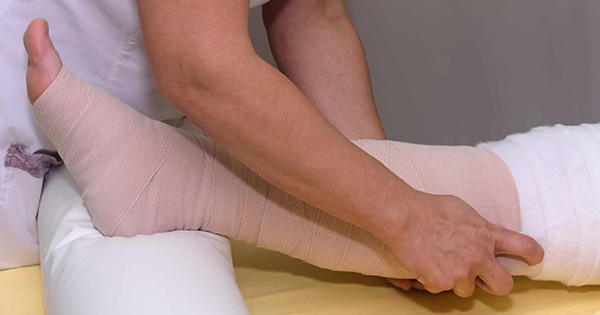Change is an inevitable part of life in all aspects, personal and professional, although not always easy to embrace it is a necessary evil, it is the way we move forward.
March is traditionally the end of the financial year for many, and this March sees the ending of the financial support that made the National Wound Care Strategy possible. This is a huge blow, since September 2018 there has been a significant strategic focus on improving the care for patients with 3 particular chronic wounds, Pressure Ulcers, Lower Limb Wounds and Surgical Wound Complications. Despite this specific focus the impact has also been wider, the use of a minimum data set for wound assessment, guidance on photography and other initiatives apply equally to all wound aetiologies. It is important that we do not loose this strategic focus that has helped to standardise care for many patients, improving pathways of care, standardising assessments and language. The resources will remain available via NHS Futures – but unfortunately this is only available to NHS staff – whereas people with wounds are cared for in many other settings! The work of the Pressure Ulcer Programme will continue and there is also work planned on understanding the impact of social determinants of health in community so this is not an ending but a refresh, a change in direction, a chance to double down and focus on implementation and evaluation of the guidance.
How does this change fit with the central direction for the NHS? The 10 year plan has set out the direction for the next decade. The plan sets out how we create a truly modern health service designed to meet the changing needs of our changing population. This will be focused on the three shifts that the Government, health service, and experts agree need to happen. This includes:
- moving care from hospitals to communities
- making better use of technology
- focussing on preventing sickness, not just treating it
These are strong ideals but perhaps difficult to reconcile or act upon when the shorter term objectives, the Operational Plan 2025 / 2026 retains its focus on Acute Service provision, with national priorities to improve patient outcomes in 2025/26 being to:
- reduce the time people wait for elective care
- improve A&E waiting times and ambulance response times
- improve patients’ access to general practice, improving patient experience, and
- improve access to urgent dental care
- improve patient flow through mental health crisis and acute pathways.
To improve the care and outcomes for our population, patients, families, carers and clinicians we need to understand how to use these strategic directives to continue to raise awareness of the impact wounds of any aetiology have. This may mean reframing thinking, relooking at what we have always done or always prioritised, what we have counted or evaluated and really ask what difference those things make? How do we truly demonstrate we have made a difference, not just in counts but in care and patient outcomes? What really matters to patients; that we correctly record something or that we focus on preventing it and if it does occur we heal it as quickly as possible without complications? How do we demonstrate the burden of wound care not just for organisations but for patients and their families, how do we deliver care in ways that is best for them, not for the organisations?
It is a hugely challenging time, there are so many changes in the field, changes to dressing regulations, changes to regulations for pressure redistribution equipment, changes to pathways, documentation / recording and knowledge and understanding as well as these huge strategic shifts. Precisely the wrong time to lose the national focus.
So it is important that we don’t fragment, go in different directions, lose the focus. There will be some important new initiatives coming forward, do make sure you participate and that you share your experiences. Watch out for some surveys coming out they may help shape the future!





